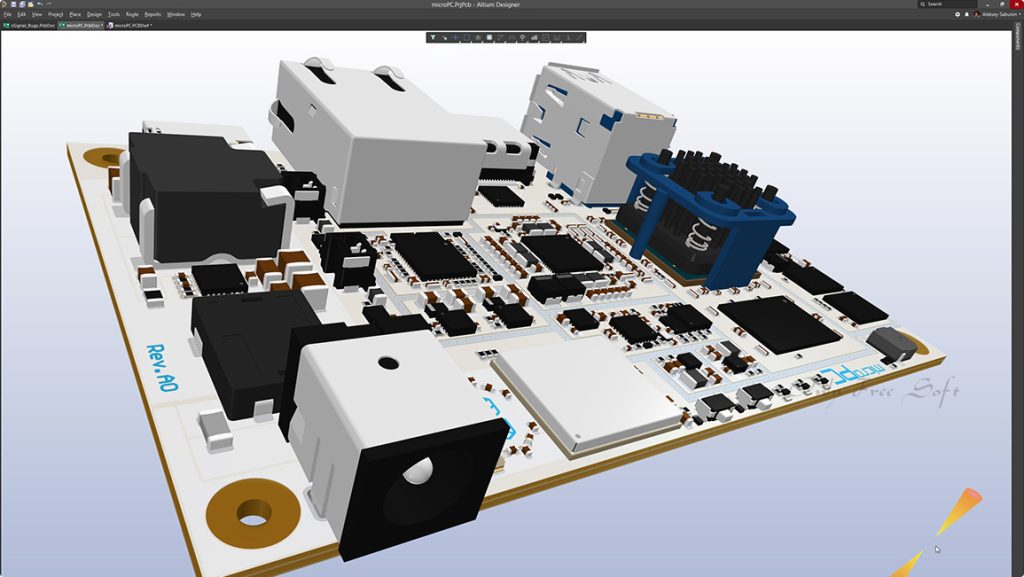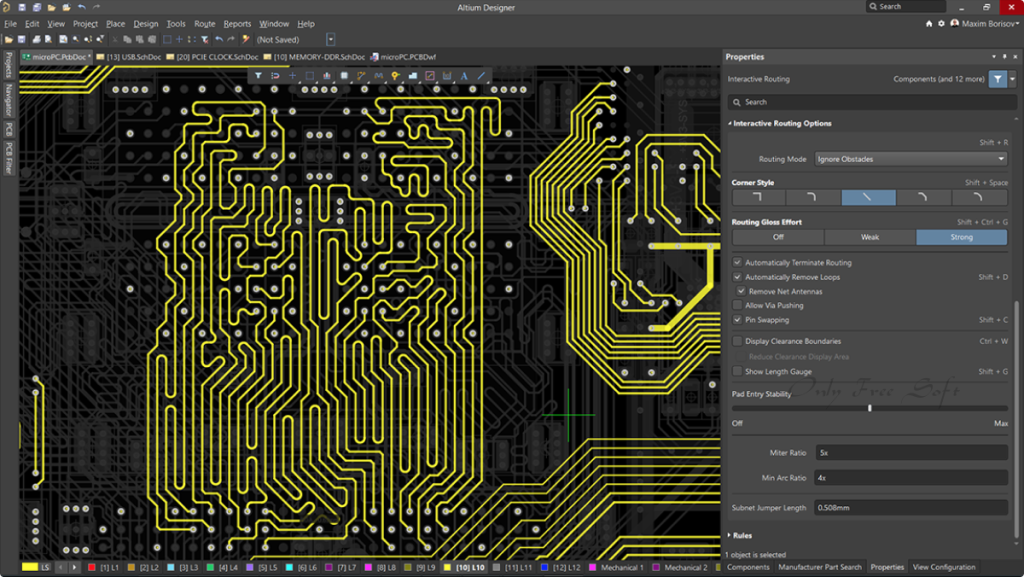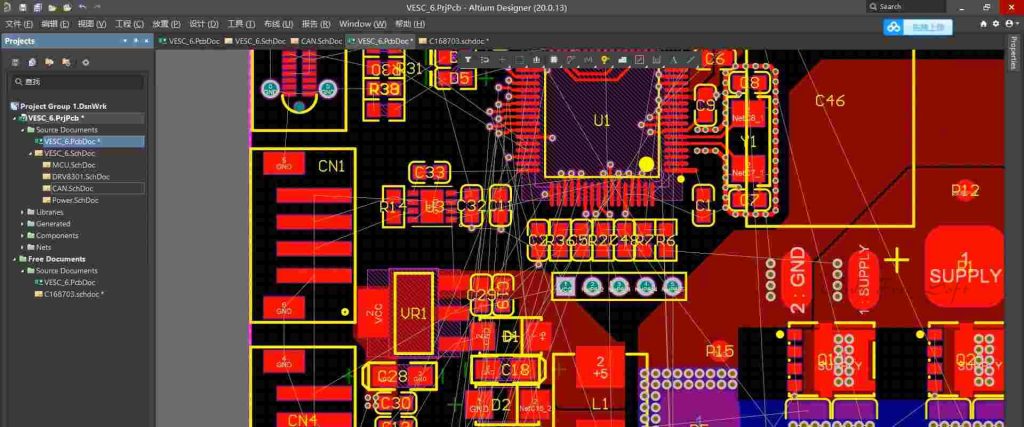Introduction
In the realm of electronics design automation (EDA) software, a handful of tools have carved out a niche for themselves, exhibiting prowess and reliability in PCB design and schematic capture. At the forefront of this innovative race is Altium Designer, a name that has become synonymous with state-of-the-art electronics design. This article delves deep into the nuances of Altium Designer, offering an objective analysis juxtaposed with its contemporaries, highlighting its salient features, technical specifications, and the pros and cons culled from personal experience.

Analysis and Comparison
Against its closest competitors, such as Eagle, KiCad, and Orcad, Altium Designer holds a distinctive edge in various aspects. Firstly, its user-friendly interface, combined with advanced routing capabilities, makes the designing process smoother. Additionally, its integrated environment for PCB design, schematic capture, and FPGA development is something that many designers find invaluable.
However, while Eagle and KiCad cater more to hobbyists and smaller projects due to their affordability and simplicity, Altium Designer appeals to professionals seeking advanced functionalities and comprehensive tools. Orcad, while powerful, often gets overshadowed by Altium’s holistic ecosystem that seamlessly integrates multiple facets of electronic design.

Technical Characteristics and Features
Altium Designer is brimming with features tailored for modern electronics design:
- Unified Environment: A single application for schematic, PCB design, and FPGA development.
- ActiveRoute: An advanced routing technology that aids in achieving high-quality traces.
- 3D PCB Visualization: View and edit PCB in real-time 3D.
- Real-time Cost Estimation: In-built tools for instant BOM cost calculations.
- Multi-Board Assembly: Design and analyze multiple PCBs as a single project.
- Integrated Version Control: Seamless Git and SVN integration.
- Cloud Integration: Access and manage projects from any location.

Pros and Cons
Pros:
- Comprehensive Design Environment: Everything from schematic capture to final PCB layout happens in a unified space.
- Regular Updates: Altium keeps pace with the ever-evolving electronics industry.
- Robust Component Libraries: A vast repository of components reduces design time.
Cons:
- Cost: Compared to open-source tools like KiCad, Altium Designer comes at a premium price.
- Learning Curve: For beginners, getting the hang of all features might be challenging.
Personal Experience
Navigating through Altium Designer’s myriad of features was initially daunting. The software’s complexity, however, is a testament to its capabilities. Once past the steep learning curve, I found the advanced routing tools, especially the ActiveRoute, to be game-changers. The real-time BOM and cost estimation tools streamlined the design-to-production transition. While the cost might deter some, the efficiency and sophistication offered by Altium Designer make it an invaluable tool for serious electronic designers.

Summary and Conclusions
Altium Designer, with its rich array of features and a robust design environment, stands tall amongst its peers in the EDA software domain. While its price tag and complexity might be challenging for hobbyists and beginners, its offerings cater perfectly to professionals seeking an end-to-end solution for electronics design. Whether one is drawn to its integrated environment or the advanced routing capabilities, Altium Designer undeniably represents the zenith of PCB design software.
